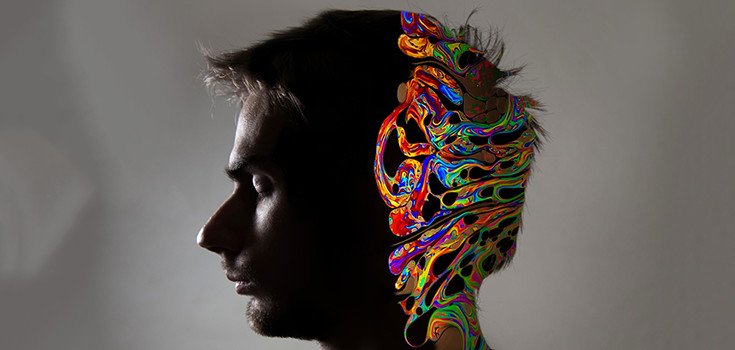Study: Antipsychotic Drugs Found to Shrink the Brains of Patients

The authors of a study are warning that long-term use of antipsychotic drugs, used to treat schizophrenia, bipolar disorder, and other psychiatric illnesses, may negatively impact brain structure.
Dr. Antonio Vita, professor of psychiatry at the University of Brescia in Italy, and colleagues looked at how first- and second-generation antipsychotics affected the brains of 1,155 people with schizophrenia, and compared them with 911 healthy individuals. Scientists selected participants from 18 brain imaging studies.
The researchers found that schizophrenic patients treated with antipsychotics showed a progressive loss of gray matter in the brain, compared with the healthy controls. [1]
First-generation antipsychotics, in particular, were linked with greater progressive loss of gray matter, while second-generation drugs “did not correlate with GM (gray matter) volume changes over time and was not associated with cortical tissue loss.”
The researchers wrote:
“[…] There is evidence to suggest that antipsychotic treatment may have a contributory role in reducing the volume of cortical GM in schizophrenia, but this effect cannot be generalized and appears to be far less evident for SGAs [second-generation antipsychotics], which results in being associated with less loss of brain tissue.”
First-generation antipsychotics include drugs like Haldol, Prolixin, and Stelazine. Also known as typical antipsychotics, dopamine antagonists, neuroleptics and classic antipsychotics, the drugs reduce opaminergic neurotransmission in mesocortical, mesolimbic, nigrostriatal and tuberoinfundibular dopamine pathways in the brain. All of the drugs are associated with a high risk of severe side effects. [2]
Schizophrenia affects about 1.1% of the U.S. population. There is no ‘cure’ for the disease, which is marked by dysfunctional and delusional thinking, hallucinations, and agitated body movements. Current treatments focus on alleviating the symptoms associated with the disorder. The exact causes of schizophrenia remain unclear.
First-generation antipsychotics were introduced in the mid-1950s. Second-generation antipsychotic drugs, including Abilify, Seroquel and Risperdal, are more expensive than their older counterparts, but have rapidly grown in popularity, as they cause fewer side effects.
Dr. Vita says it’s still unclear whether the effects of antipsychotics on the brain vary by a patient’s age or stage of illness, or whether a certain dose is catalyst to changes in brain structure.
Previous studies have also linked antipsychotics to loss of brain tissue.
A 2013 study published in the American Journal of Psychiatry found that patients with schizophrenia have less brain tissue at their first episode of the disease than healthy people, and even less of it after taking antipsychotic medication.
The 2013 study looked at the MRI scans of 200 patients beginning with their first episode and continuing with scans at regular intervals for up to 15 years. The images showed that individuals with schizophrenia have smaller-than-average cranial size.
The MRIs also revealed that the higher the dose of antipsychotic dose, the greater the loss of brain tissue.
“The impact is painful because psychiatrists, patients and family members don’t know how to interpret this finding. ‘Should we stop using antipsychotic medication? Should we be using less?’” explained University of Iowa psychiatry professor Nancy Andreasen, Ph.D., the study’s author.
Andreasan went on to point out that, thanks to these medications, people with mental illness are no longer locked away in institutions, but living as members of the community; however, “we must get the word out that they should be used with great care, because even though they have fewer side effects than some of the other medications we use, they are certainly not trouble-free and can have lifelong consequences for the health and happiness of the people and families we serve.”
Sources:
